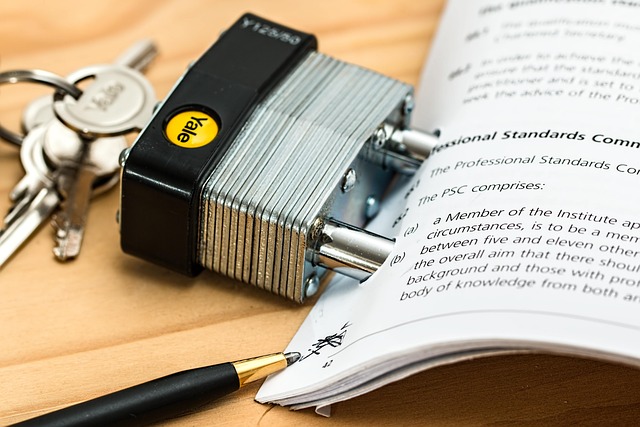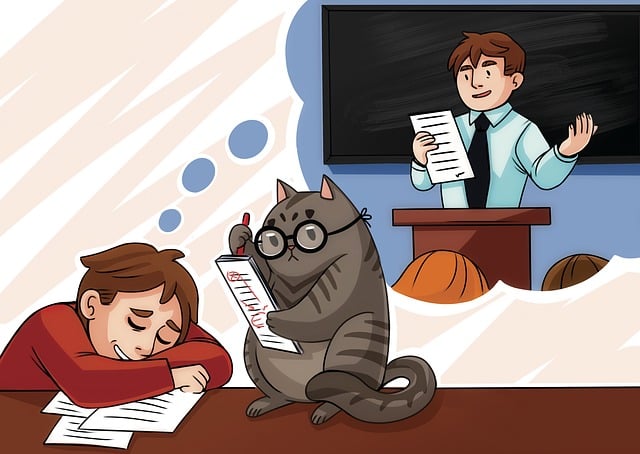Understanding lease terms explained – including duration, rent calculation, payment deadlines, maintenance responsibilities, and subletting provisions – is vital for students renting property. These terms ensure informed decisions, fairness, and protect both tenants and landlords. By thoroughly reviewing each clause, students can prevent misunderstandings, avoid unexpected costs, and negotiate favorable lease agreements, fostering a smooth tenancy experience aligned with their long-term plans and financial commitments.
“Unraveling the complexities of lease agreements just got easier! This student guide is your go-to resource for navigating the world of rental contracts. From understanding crucial lease terms and deciphering legal jargon to knowing your rights and responsibilities, we’ve got you covered. Learn how to identify potential pitfalls and master negotiation tactics to ensure a fair agreement. Get ready to make informed decisions with our comprehensive lease terms explained.”
- Understanding Key Lease Terms: A Comprehensive Overview
- Deciphering Legal Language: What Does It Mean for You?
- Your Rights and Responsibilities: An Equal Balance
- Common Pitfalls to Avoid When Reading Lease Agreements
- Negotiation Tactics: Making Your Agreement Work for You
Understanding Key Lease Terms: A Comprehensive Overview

Lease agreements can seem like a complex maze filled with legal jargon, but understanding key lease terms is crucial for any student renting property. Familiarize yourself with essential concepts such as lease duration, which outlines the period of time you’ll be committing to the rental agreement. This directly impacts your long-term plans and financial commitments. Another critical term is rent amount and how it’s calculated, whether it’s a fixed rate or subject to periodic adjustments.
Furthermore, pay close attention to payment deadlines and any penalties for late payments. Maintenance responsibilities are also vital; knowing who is tasked with repairing various fixtures and appliances can save you time and money. Lease agreements often include provisions for subletting, which may be restricted or have specific requirements. By deciphering these lease terms explained, students can make informed decisions, ensuring a smooth rental experience.
Deciphering Legal Language: What Does It Mean for You?

Lease agreements are filled with legal jargon that can seem intimidating at first glance. However, understanding these terms is crucial for making informed decisions as a tenant or landlord. Deciphering this language means knowing your rights and responsibilities before signing on the dotted line. Each clause within the lease holds specific meaning, covering aspects like rent amount, payment deadlines, duration of stay, maintenance duties, and more.
By familiarizing yourself with these lease terms explained, you can ensure a fair and transparent agreement. For instance, understanding “tenancy duration” helps you plan your stay, while “break clause” conditions dictate how and when you or the landlord can end the lease. This knowledge empowers you to navigate potential issues, negotiate terms if needed, and maintain a peaceful tenancy experience.
Your Rights and Responsibilities: An Equal Balance

When entering into a lease agreement, understanding your rights and responsibilities is paramount. This balance ensures fairness and protects both the landlord and tenant. Familiarize yourself with key lease terms explained in detail within the document. These include rent amount, payment due dates, length of tenancy, and any restrictions on modifications or subletting. Knowing your rights allows you to navigate potential issues assertively, such as dispute resolution processes, inspection protocols, and notice periods for termination.
Responsibilities also encompass maintaining the property, adhering to local laws and regulations, and communicating any maintenance concerns promptly. This mutual understanding fosters a harmonious living environment. By knowing your place within the agreement, you can ensure a smooth tenancy experience while respecting the boundaries set by the lease terms explained.
Common Pitfalls to Avoid When Reading Lease Agreements

When reviewing a lease agreement, students often face several common pitfalls that can lead to misunderstandings and unexpected costs. A crucial step in protecting yourself is to thoroughly read and comprehend every clause before signing. Many lease terms can be complex or vague, so it’s essential to ask for clarifications on any ambiguous points. Don’t assume that certain rights or responsibilities are implied; they must be explicitly stated in the agreement.
Another common mistake is focusing solely on the rent amount and forgetting to scrutinize other vital lease terms explained. This includes understanding the duration of the lease, renewal options, payment methods, maintenance responsibilities, and rules regarding subletting or altering the property. By being diligent and asking questions, students can avoid potentially costly surprises and ensure a fair and transparent rental experience.
Negotiation Tactics: Making Your Agreement Work for You

When negotiating your lease agreement, it’s crucial to understand that this isn’t a one-sided process. As a student, you have leverage and should use it effectively. Start by reviewing comparable lease terms in your area to gauge what’s reasonable. This knowledge will empower you during discussions with landlords or property managers.
Don’t be afraid to ask for clarifications on unclear points within the draft agreement. Make sure you fully comprehend all lease terms explained, from rent amounts and payment schedules to maintenance responsibilities and subletting rules. This proactive approach ensures your rights are protected, and the final contract works in your favor.






